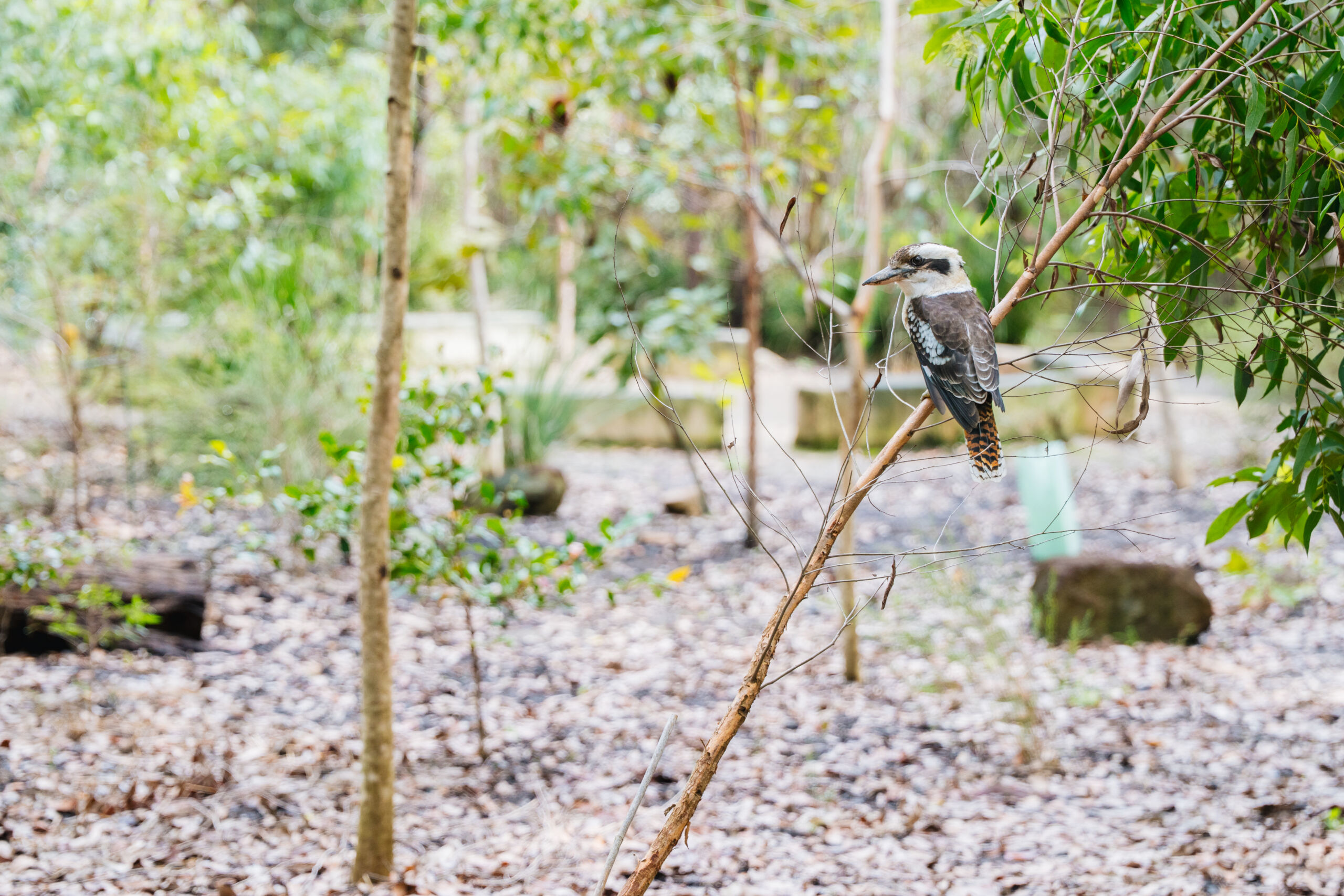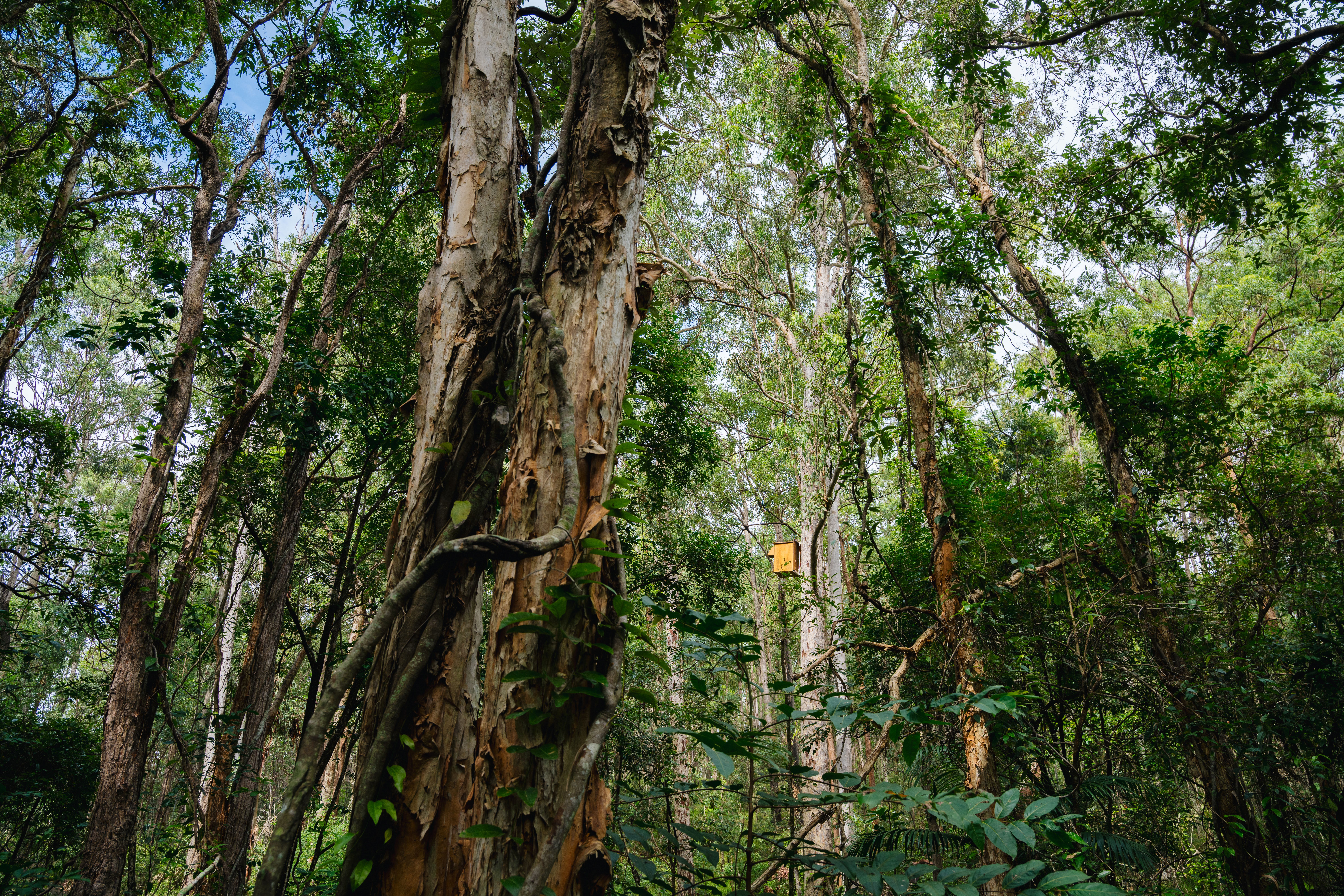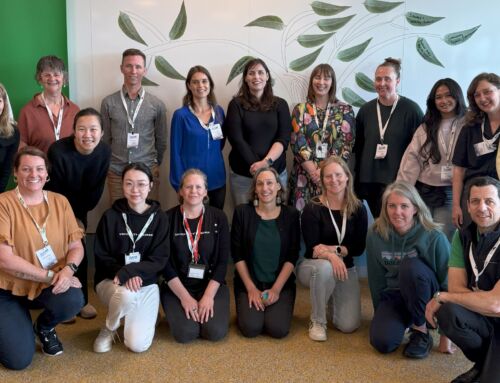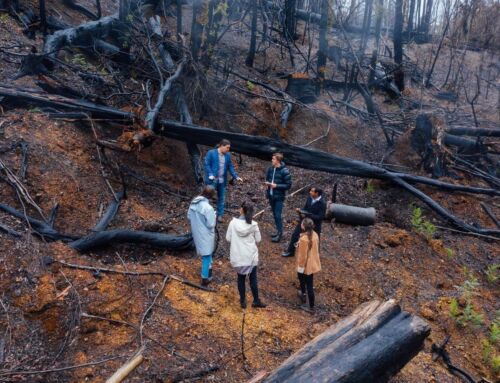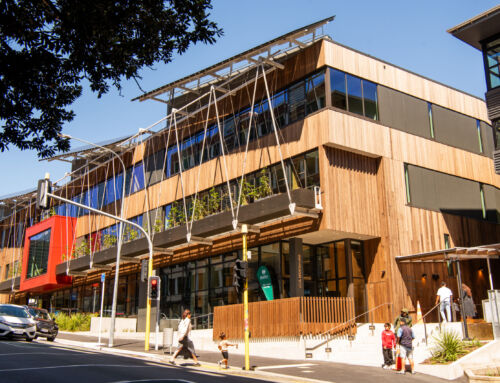Griffith University has joined a global alliance of higher education institutions committed to reversing nature loss and restoring ecosystems by signing the Nature Positive Universities Pledge—an initiative led by the United Nations Environment Programme and the University of Oxford.
This pledge aligns with Griffith’s long-standing leadership in environmental stewardship, building on its Sustainability Strategy and Biodiversity Conservation Plan. The university’s commitment to a “learn, act, engage” approach sees it:
- Learning through biodiversity surveys, species monitoring, and collaborative workshops—particularly with Traditional Custodians and land management partners.
- Acting to protect and enhance natural ecosystems across campus.
- Engaging staff, students, and the broader community to share knowledge and inspire collective action.
By pledging to assess its biodiversity footprint, set measurable targets, and report transparently, Griffith is embedding biodiversity restoration into the heart of its campus operations.
How does this commitment reflect Griffith’s environmental leadership?
Griffith University has long been recognised for its strong environmental values and action. Its Nathan and Gold Coast campuses are home to some of the most biodiverse university landscapes globally, as highlighted in international research covering over 320 institutions.
The university’s 175-hectare Nathan campus is set within Toohey Forest and contains an astonishing range of ecosystems. From wallabies grazing between lecture theatres to koalas in campus canopies, the university environment is often described as a “bushland zoo” (Brisbane Times, 2025).
The School of Environment and Science and the Griffith Biodiversity team play a vital role in managing this living laboratory, integrating learning, conservation, and research into everyday campus life. This makes Griffith not only a sustainability leader but also a unique model of ecological coexistence in urban higher education settings.
What are some of Griffith’s existing biodiversity initiatives?
Griffith has a strong track record of ecological action, including:
- Biodiversity mapping and species monitoring on its Nathan and Gold Coast campuses.
- Invasive species management and habitat restoration.
- Ongoing consultation with Traditional Custodians in landscape and conservation planning.
- A student-involved Biodiversity Working Group, contributing to the next iteration of the Biodiversity Conservation Plan, due in 2025.
- These initiatives serve both research and practical outcomes, enhancing the campus environment while providing real-world learning experiences.
What are Griffith’s new goals as part of the Nature Positive commitment?
Through the Nature Positive Pledge, Griffith is committed to:
- Conducting a comprehensive assessment of its biodiversity footprint.
- Setting ambitious but achievable biodiversity targets.
- Monitoring progress and sharing transparent reports.
- Working in partnership with Traditional Custodians and other local stakeholders.
- Inspiring behavioural change through education and engagement.
These efforts are designed to enhance ecosystem services, such as clean air and water, climate regulation, and healthy habitats, and to embed ecological responsibility into Griffith’s culture, research, and operations.
Challenges & Successes:
As with any ambitious sustainability initiative, challenges exist. Griffith’s team notes that quantifying biodiversity impact across multi-campus operations requires consistent methodology and sustained engagement.
However, the university’s rich ecological baseline, coupled with strong institutional support, has enabled meaningful progress. A key success is the integration of biodiversity into mainstream campus decision-making, from facilities management to academic programs. Griffith has also cultivated interdisciplinary partnerships across science, sustainability, and community engagement—a vital ingredient in its success so far.
Advice for Other Institutions:
Griffith University encourages other institutions considering the Nature Positive Pledge to begin by identifying their own strengths and ecological assets. For Griffith, this included the unique biodiversity across its campuses and a strong foundation of research and engagement in environmental science. From there, it is important to engage a wide range of stakeholders—particularly Traditional Custodians and local communities—to ensure that biodiversity initiatives are culturally grounded and contextually relevant.
Rather than treating biodiversity as an isolated sustainability objective, Griffith recommends embedding it into the institution’s broader operations, strategies, and values. Sharing stories of impact—both big and small—helps to build internal momentum and inspire engagement across campus communities. Griffith’s experience shows that ecological transformation is not only possible but powerful when approached with patience, integrity, and shared purpose.
Learn more about Nature Positive Universities – https://www.naturepositiveuniversities.net/
Contact Griffith’s Sustainability team – sustainability@griffith.edu.au
